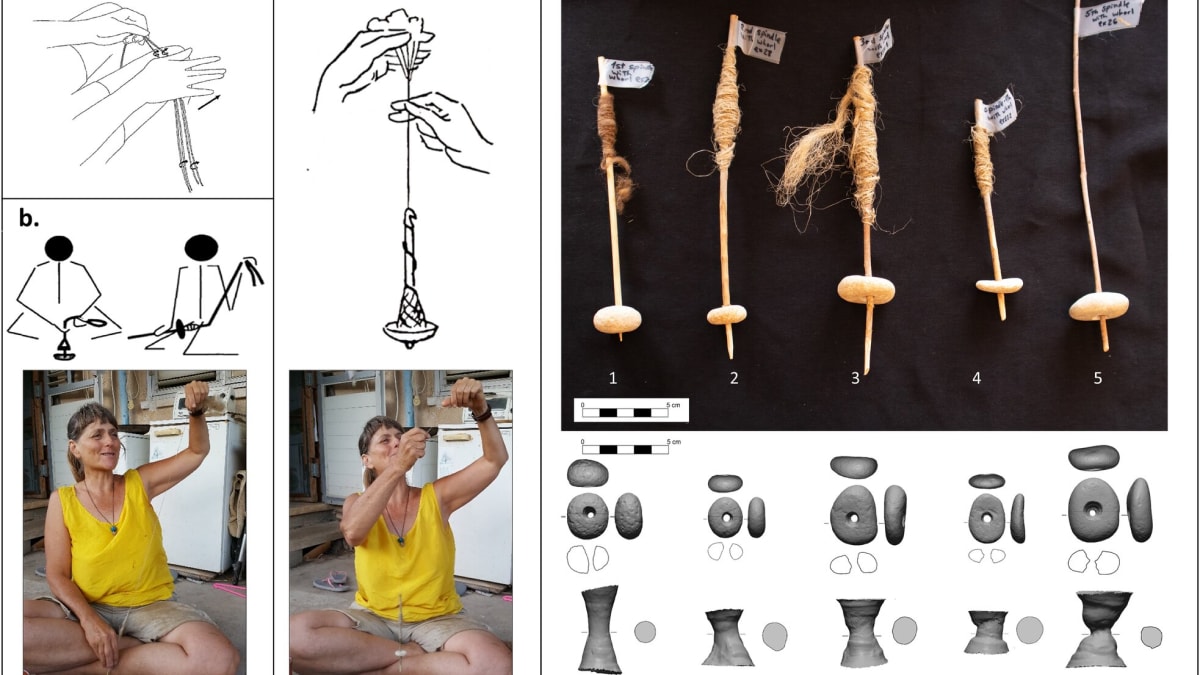Archaeologists in Israel have uncovered doughnut-shaped pebbles that may be among the earliest forms of wheel-like technology. Found at the Nahal Ein Gev II site in northern Israel, these 12,000-year-old limestone pebbles feature central holes and are thought to have been used as spindle whorls—a tool for spinning fibers like flax and wool.
Talia Yashuv, a graduate student and co-author of the study at the Hebrew University of Jerusalem's Institute of Archaeology, told LiveScience that these ancient artefacts suggest early experimentation with rotational tools that could have laid the foundation for later advancements like the potter's wheel and the cart wheel. This discovery was published in PLOS One on November 13, offering a glimpse into pre-agricultural technology in the region.
The roughly 100 perforated pebbles were analyzed by Yashuv and Leore Grosman, a professor of prehistoric archeology at the same institute. After scanning each pebble in 3D, the team produced detailed models to assess their potential uses. Most of the pebbles were thought unlikely to serve as fishing weights or beads due to their size and shape, which diverge from artefacts used in similar periods. Instead, the team recreated spindle whorls from the scanned models, which traditional craft expert Yonit Crystal used to spin flax and wool. While the flax was easier to handle, the replicas demonstrated that the pebbles were likely effective as spindle whorls, supporting early textile production, the study noted.
Implications of the Findings
The findings indicate that these spindle whorls could mark a key point in technological evolution, potentially linked to new methods of storage and survival. Alex Joffe, a director at the Association for the Study of the Middle East and Africa and experienced archaeologist, told LiveScience that the possibility that these artefacts could have enabled innovations like bags or fishing lines. Yorke Rowan, an archeology professor at the University of Chicago, echoed this view, noting that the analysis represents a “critical turning point” in early technology.
A Continuing Debate
While these pebbles may represent one of the earliest uses of wheel-like forms, Carole Cheval, an expert in prehistoric textiles at CEPAM in France, told that the publication that she observed that similar objects have been found in other regions, possibly from earlier periods. . This adds another layer to understanding the origins of rotational technology, highlighting the ongoing exploration of ancient human innovation.


